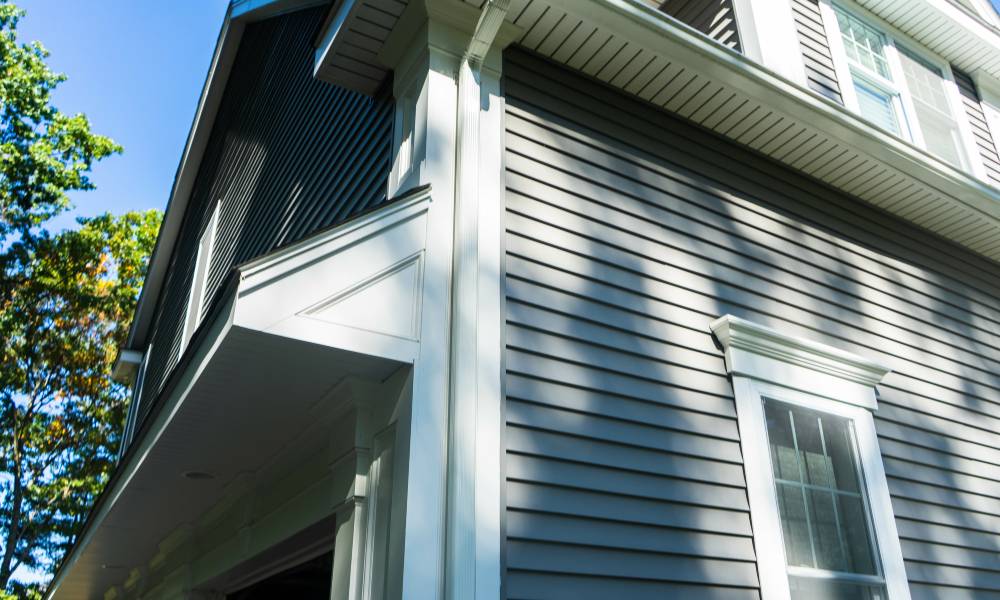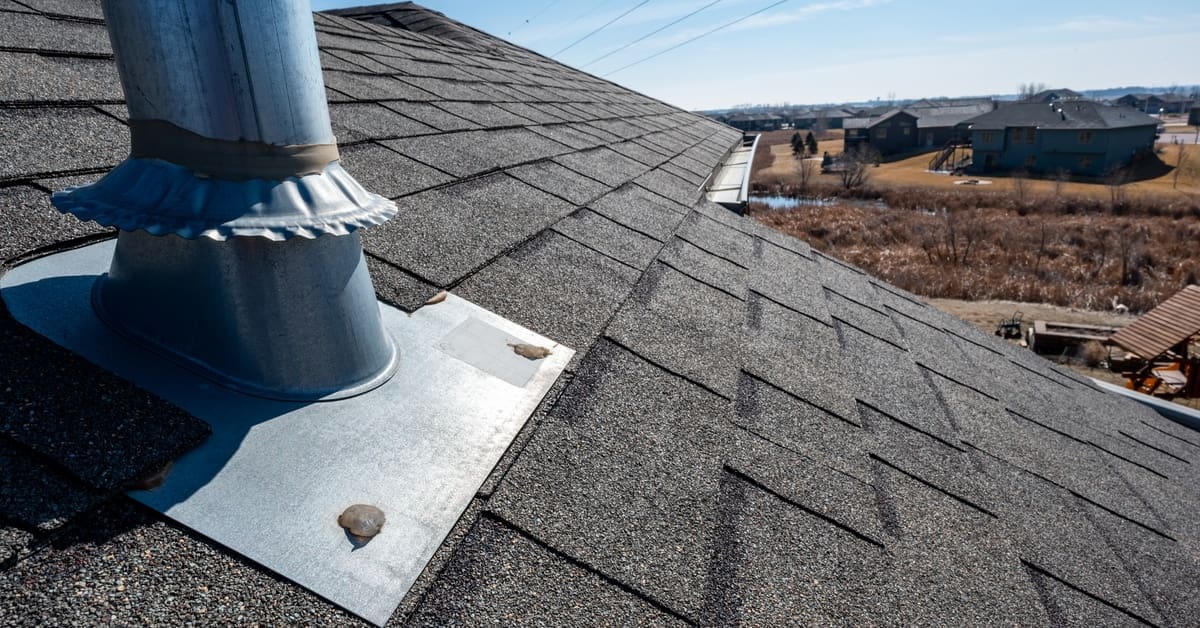Your home’s siding isn’t just a cosmetic staple; it’s a shield against the natural elements. Understanding how weather interacts with your siding is vital for protection. Continue reading to discover the effects of weather on residential siding.
The Importance of Weather Vigilance
The state of your home’s exterior isn’t just about curb appeal; it’s a testament to the weather’s relentless march forward. For homeowners, weather-worn siding can lead to expenses that make preventative awareness a true investment. Unseen and ungoverned, your home could suffer irreversible damage from the elements.
Direct Effects of Weather Patterns on Siding
Let’s look at the direct effects of weather on your residential siding.
1. Rain
Heavy rainfall might splash against your home, but a subtle, persistent downpour poses greater threats. Over time, water can seep into the cracks, expand when it freezes, and cause significant damage to your siding’s structure. Proper drainage systems and maintenance are key defenses.
2. Snow and Ice
Ice buildup and heavy snow can exert extreme forces. The lateral pressure from this weight can distort and crack siding materials, often leading to leaks and rot. Regular snow removal and prompt repairs after each winter are crucial practices.
3. Hail and High Winds
Hail isn’t just icy precipitation; it’s like an army of thousands of potential penetrators. High winds can turn mere raindrops into projectiles. Inspect for dents, pockmarks, and cracks after heavy storms. Also, consider impact-resistant materials for siding.
4. UV Rays
Sunlight might seem innocent, but UV rays are potent enough to fade and warp many siding materials. Regular cleaning and using siding products with UV protectants are effective preventative measures against sun damage.
Indirect Weather Influences
Now it’s time to examine how indirect weather affects your home’s siding.
5. Temperature Fluctuations
Siding materials expand and contract with varying temperatures. This constant movement can loosen seams and fasteners, leading to gaps where moisture can seep in. Insulation behind the siding can help manage these fluctuations.
6. Humidity
High humidity can promote mold and mildew growth behind the siding. Proper ventilation and choosing breathable materials can mitigate this risk. Conversely, low humidity in dry climates can cause shrinkage and warping in certain siding types.
Signs of Weather-Related Siding Damage
Do you know the telltale signs of a weather-ravaged exterior? Look for peeling paint, visible cracks or holes, and soft spots on the siding. Also, look out for increased energy bills (a sign of decreased insulation effectiveness) and a spike in pest activity as they seek refuge within the damaged structure.
Maintenance Tips
Want to weather the storm without compromising style? Regular cleaning, prompt repairs, and durable materials can bolster your home’s defenses. An extra coat of paint can be the windbreaker your wood siding desperately needs.
When To Seek Professional Assistance
There are some things you can DIY, and then there’s serious siding damage. If you see extensive warping, pest infestations, or multiple areas of moisture infiltration, the expertise of a professional residential siding contractor isn’t just prudent; it’s necessary.
The weather may be unpredictable, but your actions don’t have to be. Understand the interplay between nature and your home’s siding. By keeping a watchful eye and taking proactive measures, you’re maintaining the integrity of your shelter and even enhancing it. Be prepared, and weather on, homeowners!



